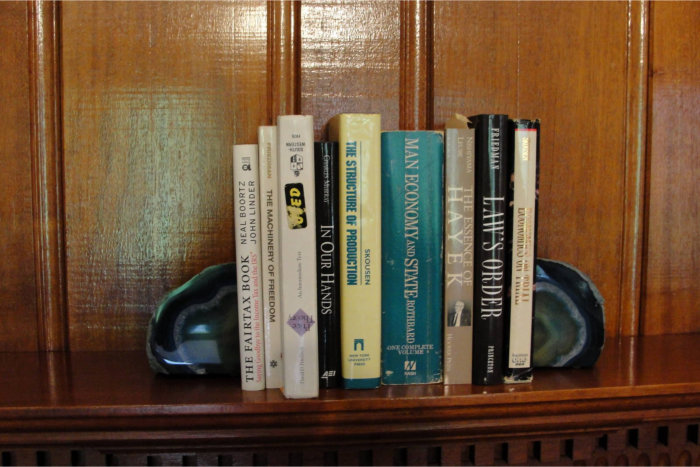Sustainable Economics
Sustainable Economics. The term conjures up images of tofu and tiny apartments. Bleah!
But the term can also conjure up images of a nice house – with a paid off home mortgage. It can connote a corporation with a clean balance sheet, a retirement fund with adequate capital, credit cards paid off every month, a half year’s income sitting in a savings account just in case.
A sustainable economy is an economy where growth is optional. If you want more stuff make more stuff. But if you want to chill out a bit and enjoy the stuff you have, that’s cool too.
A sustainable economy allows us to be a bit more choosy about how the economy grows. Maybe microwaving our brains, introducing new organisms through Frankenstein Technology, or creating evil robots are dangerous ways to grow.
If growth is optional, maybe we can opt for a better life by making our work life more pleasant, instead of filling up our closets with yet more stuff cranked out by over optimized hellish factories. Making stuff can be a joy if done in moderation. This is especially true if you can work on bigger pieces of a project vs. being the guy who performs Step 17 of a 234 step process all day long.
A sustainable economy can be one where learning how to code is optional. Writing software is addictive fun for nerds, but it’s unnatural to most. And even nerds can get tired of operating a keyboard and long to get out to the workshop and work on real things. This can be possible – if we change our economic paradigm. Indeed, we can even make a high school education optional for leading the Good Life.
An Unsustainable Economic Paradigm
Can we have a sustainable economy? Keynesian Economics screams NO! Any decrease in demand will cost jobs which will decease demand which will cost yet more jobs...until the economy collapses into a depression and people are living in Hoovervilles.
Hooverviles are even worse than tiny apartments.
Keynesian Economics concludes that we need perpetual government stimulus to artificially create demand to keep that Circular Flow of dollars going. If you feel like you are on a treadmill and cannot get ahead no matter hard you push forwards, thank the government. This is an intentional policy. And it’s not some secret conspiracy. It’s in freshman economics textbooks.
What hippies hate about capitalism is actually Keynesian Economics, the artificial stimulus that keeps people running in the Rat Race instead of enjoying the stuff they have.
Liberals love Keynesian Economics as it provides an excuse for ever more government spending.
Unfortunately, mainstream Republicans got the Keynesian religion during the Reagan era. They renamed it Supply Side Economics and used it as an excuse for tax cuts for the rich funded by ever growing federal deficits. The result has been an ever widening wealth gap, a collapse of the American working class, and socialists in the streets.
Socialists in the streets makes big government liberals happy.
We prefer a happy and independent working class to socialists in the streets. We prefer humble yet prosperous small towns that look more like Mayberry than the rotting rural America we see today, where housing prisoners from the inner cities is the biggest industry.
This requires a different economic paradigm, one built more on equity than debt. The Austrian School of economics provides one such paradigm. Here, we will present something that is simpler, that builds on common sense observations vs. deriving a theoretical economy from first principles. See the sidebar for details – or the footer if you are reading this on a phone.

You can comment on this chapter here.
(Link should open in a new window so you can see comments and text side by side.)